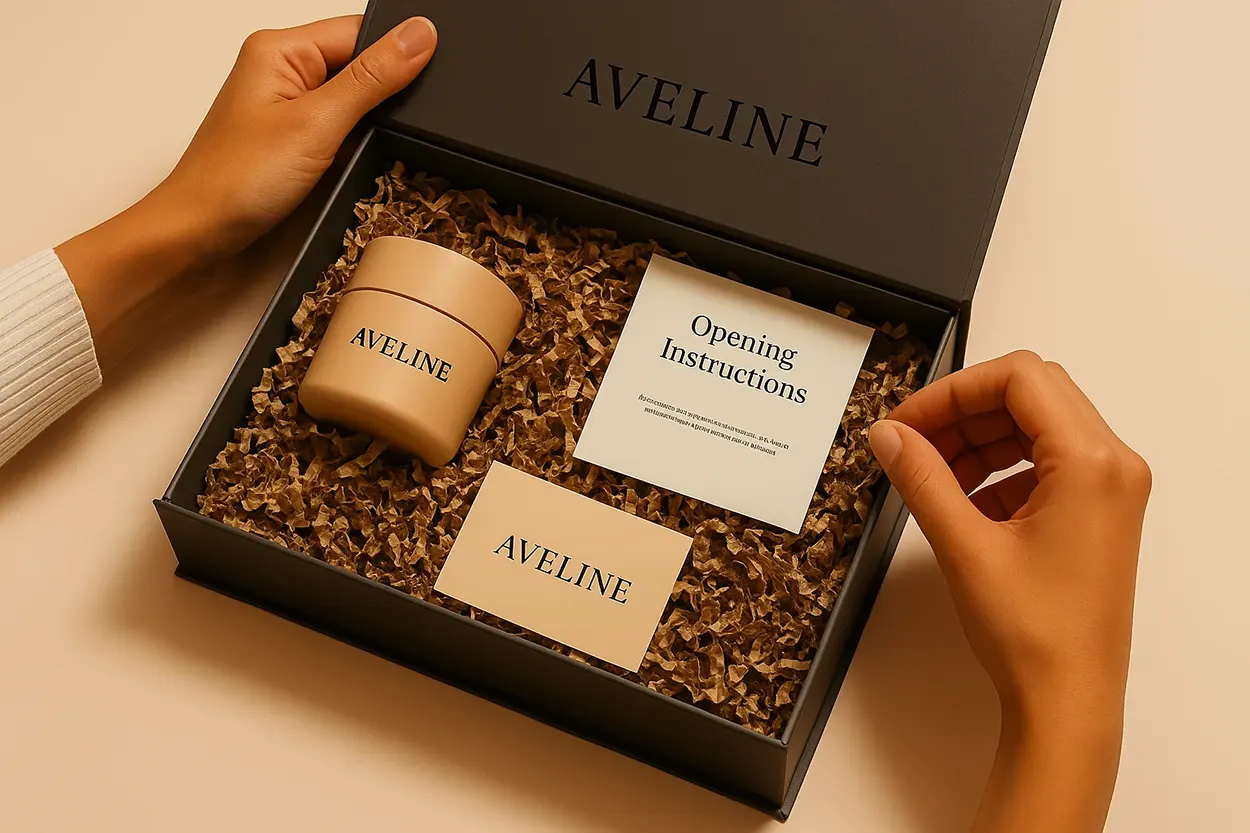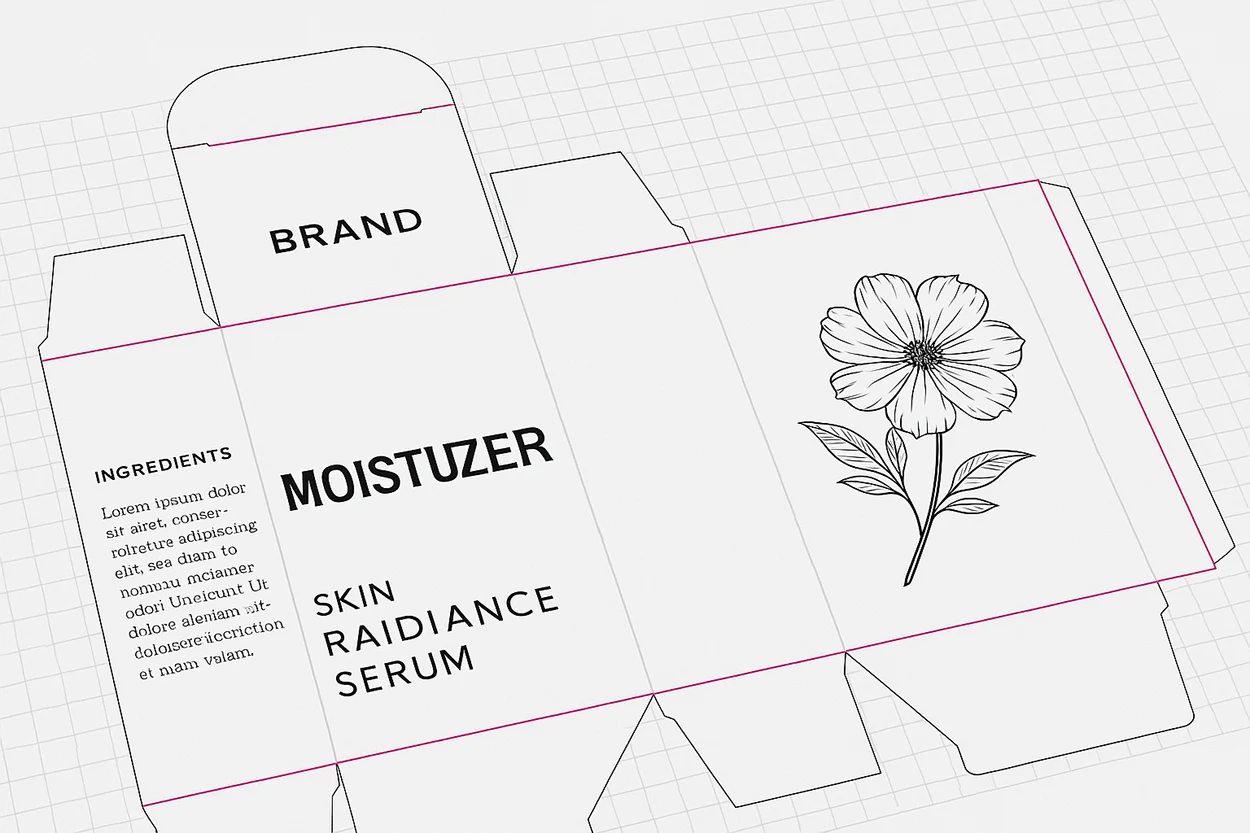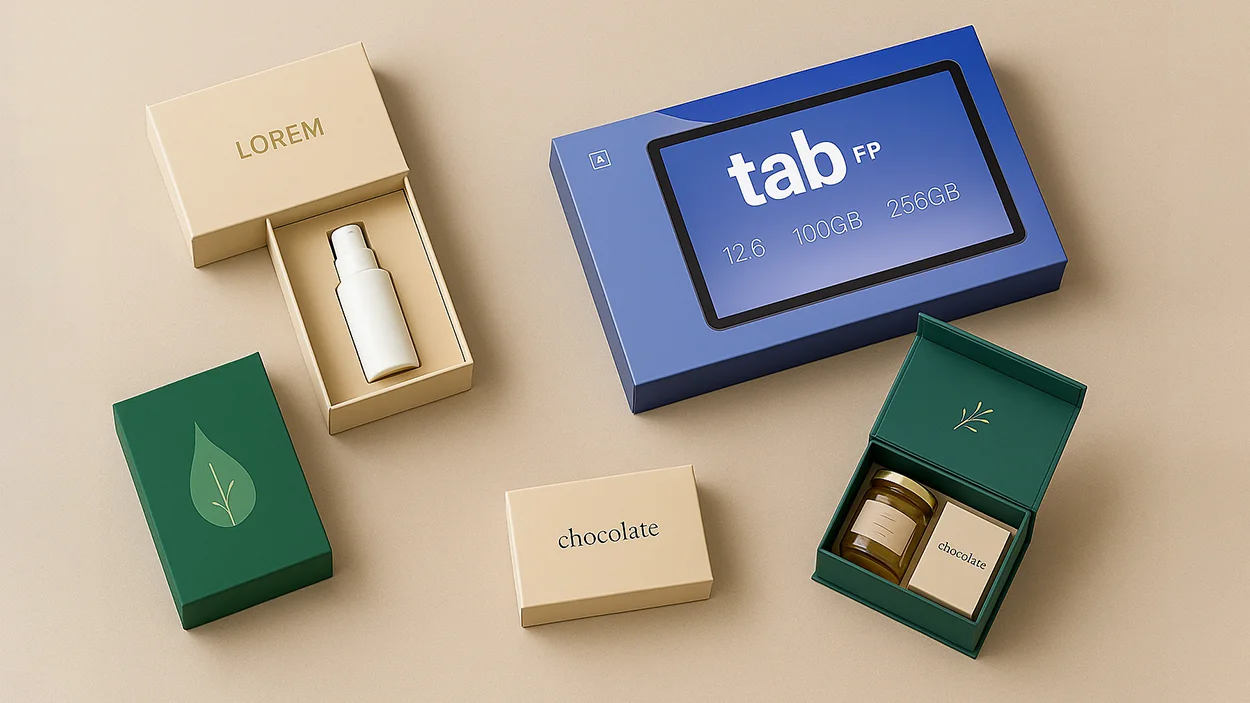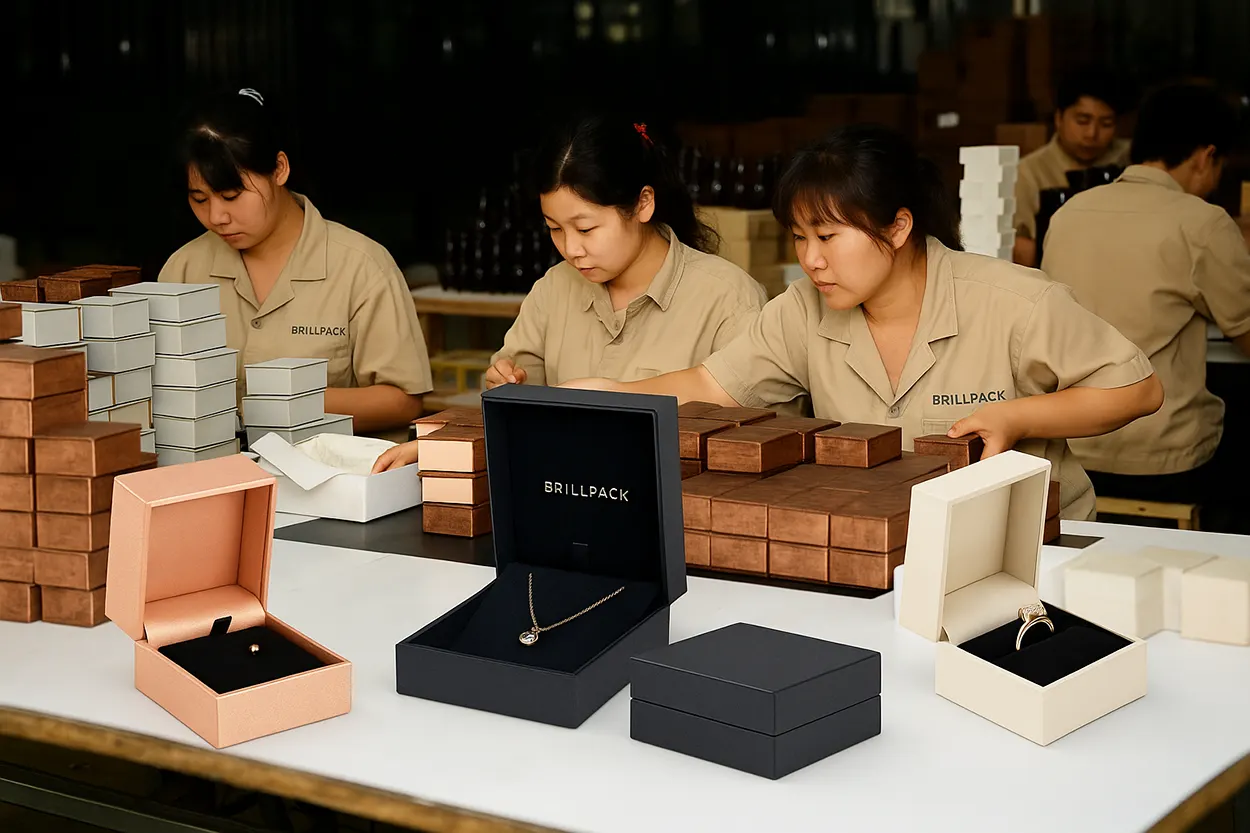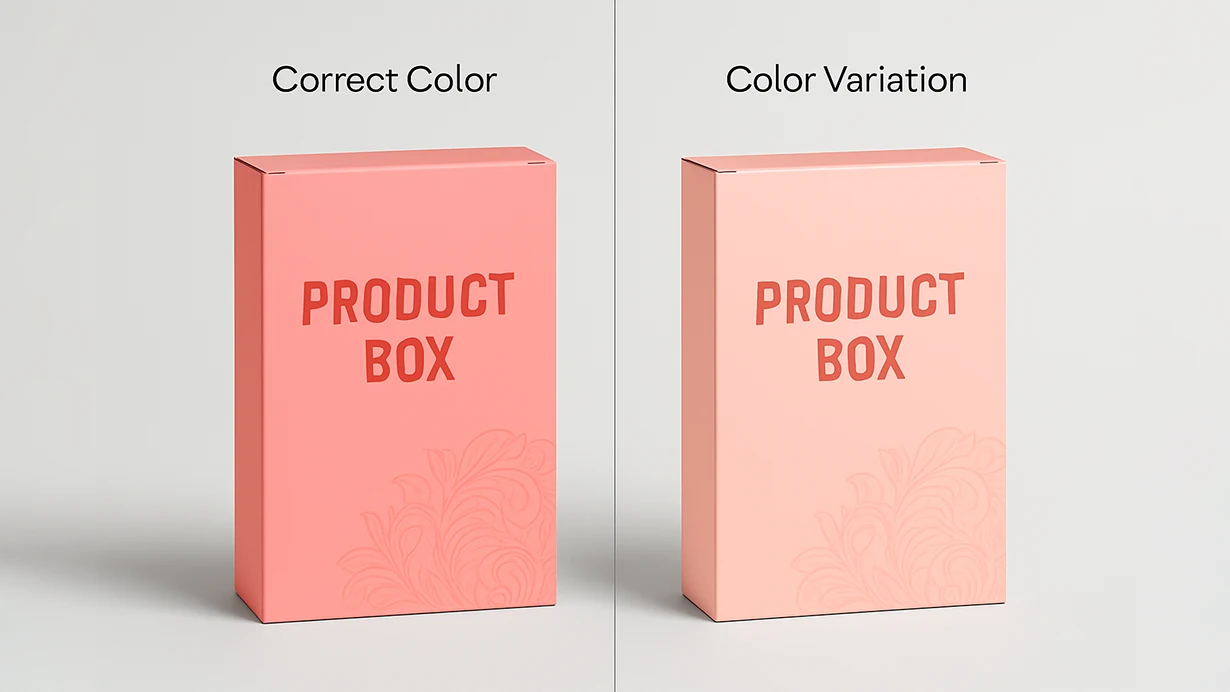Packaging is more than just a container; it’s often the first tangible interaction a customer has with your brand and product. Despite its significance, many businesses overlook critical packaging elements in pursuit of flashy visuals or lower production costs. The result? Frustrated customers, wasted resources, and a dent in brand loyalty. With consumer expectations steadily rising—especially around sustainability and user experience—even small miscalculations in packaging design can escalate into bigger problems, from negative reviews to diminished sales.
This article explores the characteristics that frequently define bad packaging design, detailing how these pitfalls harm consumer trust and brand reputation. We will also examine the real impact on customer behavior, highlight the long-term consequences for businesses, and conclude with concrete guidance on improving packaging strategies. To make things even more practical, we’ve included a checklist to help you sidestep common errors. By understanding where packaging fails and focusing on user-friendly, eco-conscious, and brand-aligned solutions, you can transform what might be a mere protective shell into a powerful competitive asset.
Understanding Bad Packaging Design
Bad packaging design can be summed up as any packaging solution that undermines product integrity, confuses or disappoints consumers, and fails to represent the brand effectively. It goes beyond aesthetics: while a package might look attractive, if it is functionally weak—difficult to open, prone to damage, or misleading in appearance—it can taint the consumer’s overall perception of the product.
Modern consumers expect more than just decent visuals. They want clarity, convenience, and a sense that the brand respects both their time and the environment. When packaging overlooks these factors, customers often feel that a brand hasn’t done its due diligence or has put cost-cutting measures ahead of user satisfaction. Even a slight misalignment, such as an over-sized box for a small item, can trigger feelings of disappointment or frustration.
The essence of bad packaging lies in three main shortcomings:
- Poor Protection: Failing to safeguard products against damage.
- Ineffective Communication: Confusing or misleading messaging and visuals that don’t convey truthful information.
- User Frustration: Designs that create inconvenience, such as being tough to open or environmentally wasteful.
When these factors converge, the consumer feels shortchanged and may steer clear of the brand in the future.
Common Characteristics of Poor Packaging
While bad packaging can manifest in countless ways, there are recurring themes that consistently frustrate consumers. Understanding these themes helps you diagnose if your packaging is at risk of turning away potential buyers.
1. Misleading or Deceptive Visuals
Packaging that sets false expectations about the product—such as exaggerating quantity, quality, or composition—can quickly breed customer disappointment. Oversized containers suggesting more contents than are actually provided, or prominent label text that misrepresents the true formula, both fall under this misleading category. When customers discover the product differs from what the package implied, they may feel tricked and lose faith in the brand.


2. Excessive or Wasteful Materials
Using more material than necessary is a hallmark of poor packaging design. It not only leads to waste but also frustrates consumers who feel their purchase contributes to environmental harm. A tiny smart plug shipped in a tall retail box filled with empty space is a classic case of excessive packaging. Consumers see the plug rattling around inside and wonder why so much filler was used, leaving the impression that the company is careless or indifferent to sustainability.



3. Difficult-to-Open Designs
Packaging that is hard to open can lead to consumer frustration and dissatisfaction. If customers struggle with packaging, they may associate that negative experience with the product itself, leading to a reluctance to purchase again. A notable example is Orbit Gum Packaging, where the gum sticks to the inner lining, making it difficult to access individual pieces without creating a mess.

4. Insufficient Protection
Packaging must adequately protect the product during shipping and handling. Weak or inadequate packaging can result in damage, leading to returns and loss of customer trust. Products that arrive damaged due to insufficient protection can tarnish a brand’s reputation. For example, laptops shipped in generic boxes without proper cushioning often arrive with scratches, dents, or even broken screens. This not only frustrates customers but also forces them to question the brand’s commitment to quality and care. Ensuring robust protection is essential to maintaining customer satisfaction and trust.
5. Unusual or Impractical Shapes
Packaging that is impractical or unusual can confuse consumers. For example, containers that spill easily or are difficult to handle can deter customers from using the product effectively. A common mistake is using containers that do not align with the product type, such as fragile items in flimsy packaging. Lipton Tea Packaging faced backlash for using foil sleeves that compromised the freshness of the tea bags once opened.

6. Inconsistent Branding or Messaging
Packaging should reflect the brand’s identity and values consistently. Poorly designed packaging that lacks cohesive branding elements can confuse consumers and diminish perceived value. This inconsistency may lead customers to question the quality of the product. For example, Hasbro’s Monopoly Redesign received mixed reactions for straying too far from the classic look that fans loved.

7. Lack of Sustainability
With increasing consumer awareness around environmental issues, unsustainable packaging materials can be a significant drawback. Packaging that is not recyclable or made from non-biodegradable materials may deter environmentally conscious consumers. Coca-Cola’s Plastic Waste has been a focal point of criticism, prompting the company to explore more sustainable alternatives.
8. Confusing Imagery and Typography
Using unclear or overly complex imagery and typography can make it difficult for consumers to understand what the product is or how to use it. Effective packaging should communicate essential information clearly and attractively. Sierra Mist Packaging faced criticism for its cluttered design, which made it hard for consumers to identify the product quickly.

9. Improper Sizing
Packaging that does not fit the product properly—whether too large or too small—can lead to damage during transport or create a perception of poor value among consumers. Proper sizing is crucial for both protection and presentation.
10. Failure to Meet Regulatory Standards
Packaging that does not comply with industry regulations regarding labeling, safety warnings, or ingredient disclosures can lead to legal issues and consumer distrust. Quaker Oats’ Environmental Concerns arose when the company introduced single-serve cups that were non-recyclable, sparking backlash from environmentally conscious consumers.
Impact on Consumer Behavior
When faced with flawed packaging, consumers often feel disappointed or even betrayed. Packaging is a promise—it suggests that the company values the end-to-end experience, from production to unboxing. Breaking this promise can lead to immediate negative responses:
- Returns and Complaints: Customers who feel misled or find items damaged may return them, contact customer service to complain, or demand refunds.
- Switching to Competitors: Unsatisfactory packaging experiences drive buyers toward brands that seem more reliable.
- Negative Word-of-Mouth: Whether in person or online, customers share frustrations. Social media amplifies these sentiments, potentially reaching a wide audience.
Even if the product itself is high-quality, an off-putting unboxing moment can overshadow the craftsmanship or functionality. Packaging sets the stage. If that stage is marred by confusion or annoyance, consumers might not be open to giving the brand a second chance.
Consequences for Brands
The cumulative effect of bad packaging can undermine a brand’s market position. While some companies may view packaging as a peripheral concern, the repercussions of poor design can ripple through every aspect of the business. Here are a few key ways bad packaging impacts brands:
- Damaged Reputation: Repeat incidents of misleading designs or broken products can quickly earn a brand a negative label.
- Increased Operational Costs: High return rates, re-shipping, and replacements all drain resources.
- Loss of Loyal Customers: Packaging dissatisfaction doesn’t just deter first-time buyers; it can also push away long-standing fans of the brand.
- Legal Complications: Fines or recalls due to regulatory non-compliance can be financially crippling and publicly embarrassing.
- Missed Opportunities: Competitors with superior packaging capture market share, leaving poorly packaged products overlooked on shelves or e-commerce platforms.
Packaging is a brand’s handshake with the consumer. If that handshake is weak or confusing, it casts a shadow over the entire product offering. Ultimately, the negative buzz around consistent packaging failures might overshadow any marketing and advertising investments, leading to diminished returns over time.
How to Avoid Bad Packaging Design
Brands aiming to improve packaging quality can adopt a few straightforward but impactful strategies. While the exact approach may differ depending on product type, company size, and target market, some fundamental principles hold true across the board.
Test with Real Consumers
Before finalizing packaging, run tests or set up focus groups. A short user panel can reveal hidden frustrations—such as confusing instructions or an awkward box shape—that designers might overlook. If multiple participants struggle with the same issue, it’s a clear sign that revisions are necessary. Prototypes are easier to revise than mass-produced boxes, so catch mistakes early.
Keep It Clear and Honest
Strive for accurate visuals and straightforward text. Avoid using imagery that overpromises or designing boxes that inflate perceived quantity. Honesty fosters trust. Clear labeling—whether it’s about ingredients, assembly instructions, or usage tips—ensures customers know exactly what they’re buying.
Right-Sized Packaging
Collaborate closely with logistics teams to find the optimal dimensions. Reducing unnecessary space or filler not only saves on materials but also leads to fewer damaged goods. If multiple product variants exist, customizing boxes for each size or shape can further streamline the unboxing experience.
Focus on Brand Consistency
A coherent look and feel across all packaging lines makes products instantly recognizable. This includes color palettes, typography, logos, and brand voice. Consistency projects professionalism and reliability, helping your brand stand out in crowded retail or digital marketplaces.
Emphasize Sustainability
From biodegradable mailers to recyclable inserts, there’s a growing range of eco-friendly packaging solutions. Opting for greener materials aligns with consumer values and can differentiate a brand in competitive categories. Highlighting these efforts on the package itself can also serve as a subtle marketing advantage, showing that your brand cares about its environmental footprint.
Check Compliance Thoroughly
If your product falls under regulated categories—like food, beverages, cosmetics, or electronics—stay updated on relevant packaging laws. Missing disclaimers or warnings can lead to serious legal issues and force a last-minute scramble to recall or repackage goods.
Checklist for Avoiding Bad Packaging
Incorporate the following concise checklist into your product development cycle to help ensure your packaging meets consumer expectations and avoids common pitfalls:
- Use recyclable or biodegradable materials.
- Ensure the packaging fits the product properly (not too big or too small).
- Avoid overly complex or confusing designs.
- Test packaging for ease of opening and usability.
- Protect the product adequately during shipping and handling.
- Maintain consistent branding across all packaging.
- Ensure compliance with industry regulations and standards.
- Gather consumer feedback before finalizing the design.
- Prioritize sustainability to align with consumer values.
- Keep messaging and visuals clear and straightforward.
Conclusion: Turning Pitfalls into Opportunities
Bad packaging design can be a silent revenue killer. It frustrates customers, creates environmental waste, and weakens brand loyalty. Yet, each of the mistakes outlined—deceptive visuals, poor fit, confusing messaging—also represents a chance to refine and grow. By proactively addressing these issues, brands can enhance user experience, minimize returns, and cultivate a reputation for integrity and innovation.
Well-executed packaging elevates a product beyond its functional attributes. It becomes part of the brand story, offering delight and reassurance from the moment consumers see it on a shelf or open a delivery box. Embracing strategies like user testing, honest visuals, and eco-friendly choices ensures your brand remains competitive and admired in a marketplace that increasingly values convenience, transparency, and responsibility.
In the end, packaging isn’t just a protective shell or marketing canvas—it’s a tangible expression of a brand’s commitment to its customers. By focusing on clarity, sustainability, and thoughtful design, you can avoid the common pitfalls of bad packaging and transform each unboxing experience into a memorable, positive interaction that keeps consumers coming back for more.
Contact for a Free Consultation!



